The Messerschmitt Me 163 Komet is a rocket-powered interceptor aircraft primarily designed and produced by the German aircraft manufacturer Messerschmitt. It is the only operational rocket-powered fighter aircraft in history as well as the first piloted aircraft of any type to exceed 1,000 kilometres per hour (620 mph) in level flight.
Development of what would become the Me 163 can be traced back to 1937 and the work of the German aeronautical engineer Alexander Lippisch and the Deutsche Forschungsanstalt für Segelflug (DFS). Initially an experimental programme that drew upon traditional glider designs while integrating various new innovations such as the rocket engine, the development ran into organisational issues until Lippisch and his team were transferred to Messerschmitt in January 1939. Plans for a propeller-powered intermediary aircraft were quickly dropped in favour of proceeding directly to rocket propulsion. On 1 September 1941, the prototype performed its maiden flight, where upon quickly demonstrated itself to possess unprecedented performance and the qualities of its design. Having been suitably impressed, Nazi officials quickly enacted plans that aimed for the widespread introduction of Me 163 point-defence interceptors across Germany. During December 1941, work on began on the upgraded Me 163B, which was optimized for large-scale production.
During early July 1944, German test pilot Heini Dittmar reached 1,130 km/h (700 mph), an unofficial flight airspeed record that remained unmatched by turbojet-powered aircraft up until 1953. That same year, the Me 163 begun flying operational missions, being typically used to defend against incoming enemy bombing raids. As part of their alliance with Imperial Japan, Germany provided design schematics and a single Me 163 to the country; this lead to the development of the Mitsubishi J8M. By the end of the conflict, roughly 370 Komets had been completed, most of which being used operationally. However, some of its shortcomings were never addressed and the type was not as effective in combat as had been hoped. Being only capable of a maximum of seven and a half minutes of powered flight, its range fell short of projection and greatly limited its potential. Efforts to improve the aircraft were made, most notably the Messerschmitt Me 263, but many would not see actual combat due to the sustained advancement of the Allied powers into Germany in 1945.
For a dedicated interceptor aircraft that achieved operational status, the track record of the Me 163 is somewhat underwhelming, having been credited with the destruction of between nine and 18 Allied aircraft against ten losses.[3][4] Aside from the actual combat losses incurred, numerous Me 163 pilots had been killed during testing and training flights.[5] This high loss rate was, at least partially, a result of the rocket propellant used to power the later models, which was not only highly volatile and but also corrosive and hazardous to be around.[6] One such fatality was that of Josef Pöhs, a German fighter ace and Oberleutnant in the Luftwaffe, who was killed in 1943 through exposure to T-Stoff in combination with injuries sustained during a failed takeoff that ruptured a fuel line.[7] Besides Nazi Germany, no nation has ever made operational use of either the Me 163 specifically, or rocket planes in general; however, there were a few flights of captured Me 163s conducted for evaluation and research purposes.
Specifications
General Characteristics
- Successors 2 airplane(s) +59 bonus
- Created On Windows
- Wingspan 30.6ft (9.3m)
- Length 19.3ft (5.9m)
- Height 7.9ft (2.4m)
- Empty Weight 2,730lbs (1,238kg)
- Loaded Weight 5,879lbs (2,667kg)
Performance
- Power/Weight Ratio 5.733
- Horse Power/Weight Ratio 0.042
- Wing Loading 4.0lbs/ft2 (19.7kg/m2)
- Wing Area 1,459.2ft2 (135.6m2)
- Drag Points 2635
Parts
- Number of Parts 349
- Control Surfaces 4
- Performance Cost 1,416

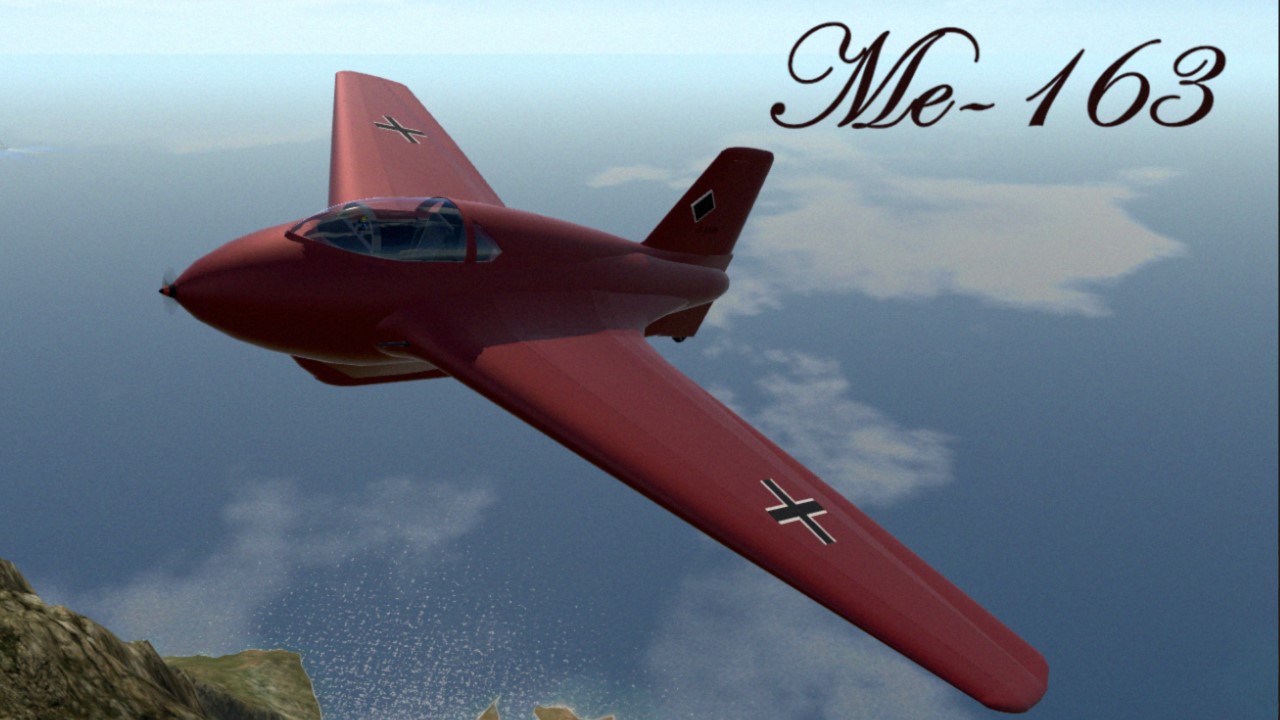
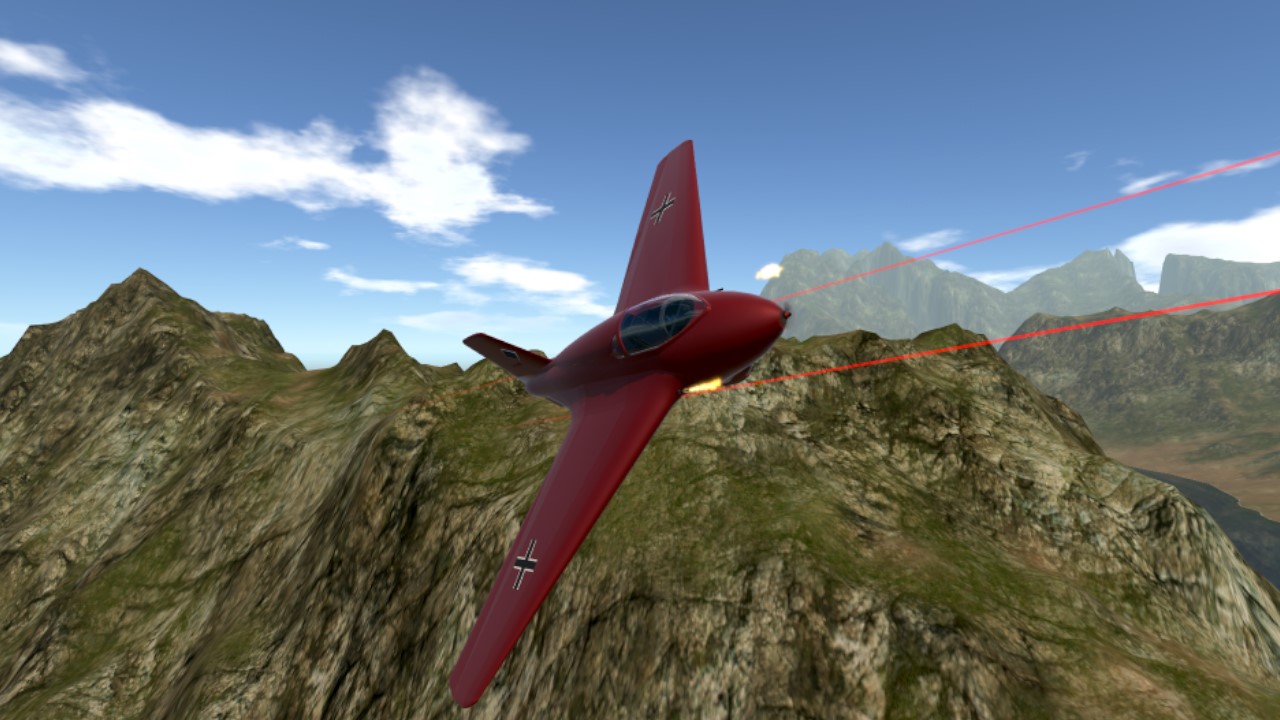
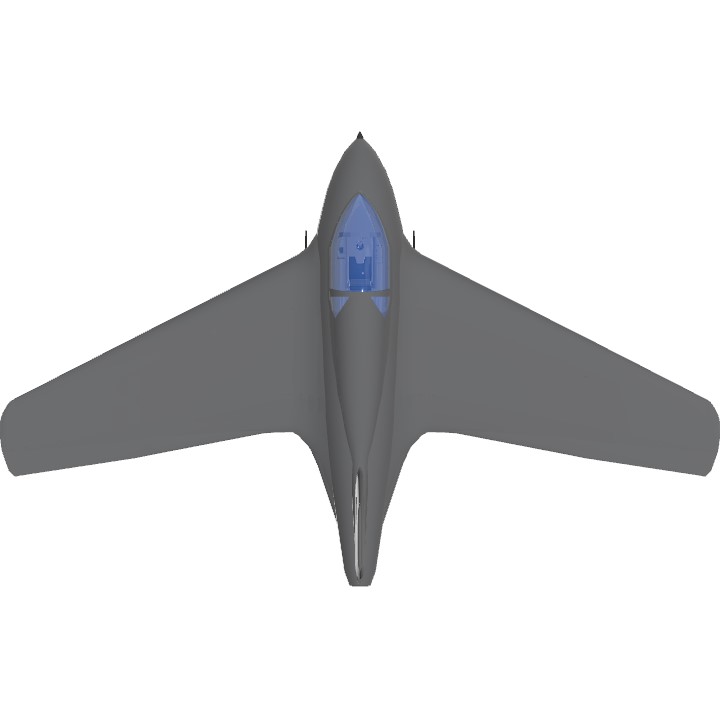
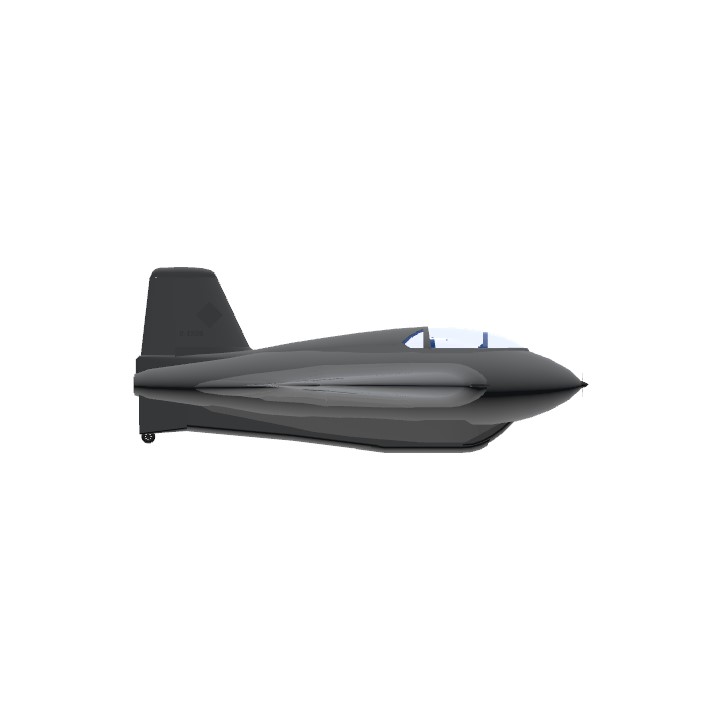
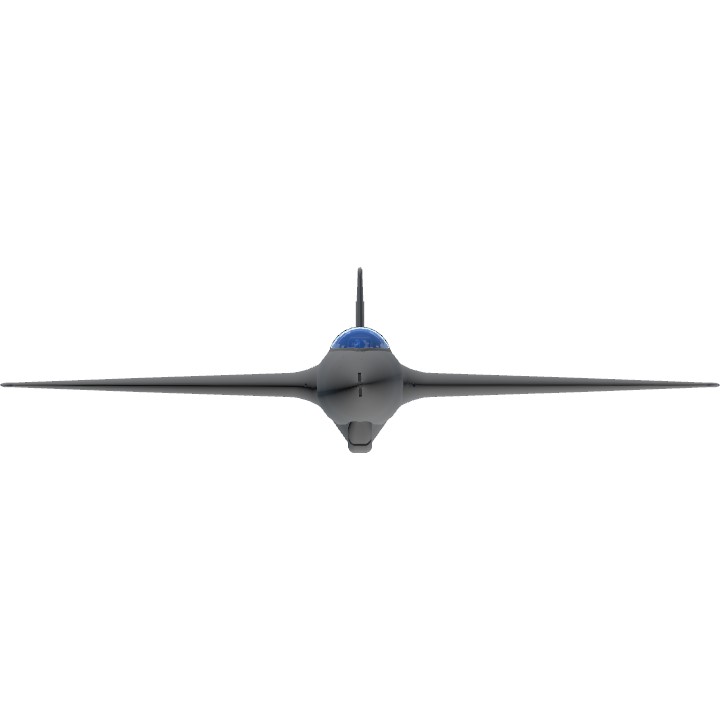
Why it bugging when im spawning it like when i pull up the throttle it just bugging moving the direction that doesn't plane go to
Ah, yes.
The acid fighter.
u should tag this VR
look cool! and Welcome Back!
next make ''you-361''
Look who's back! Welcome back cats! :3
The original egg plane
Wait, you're back!